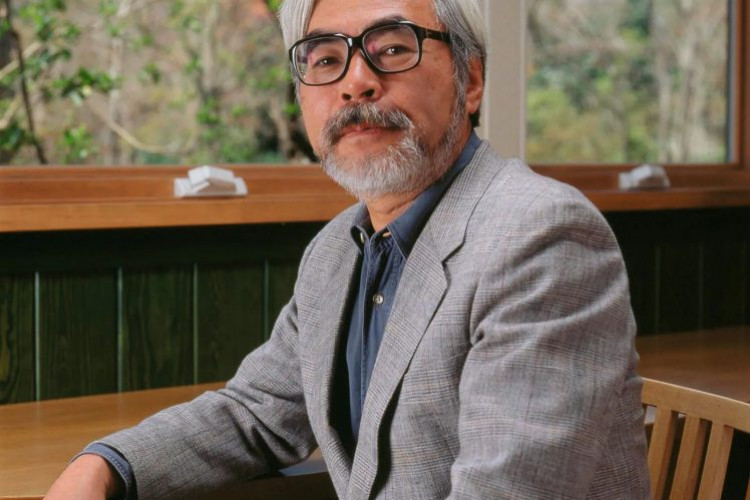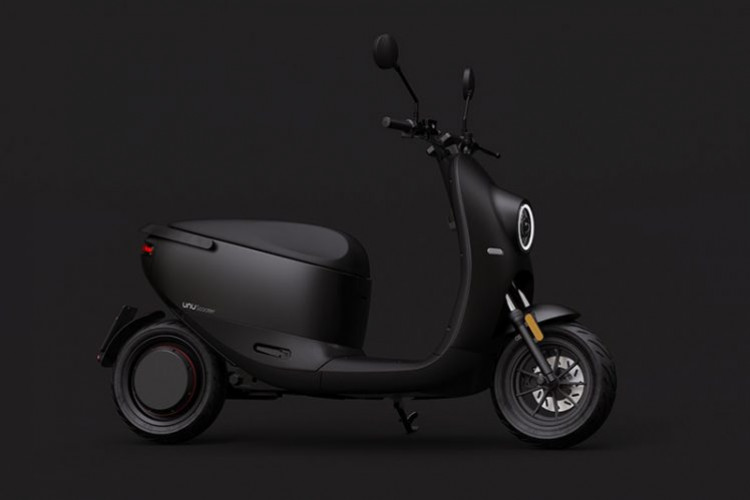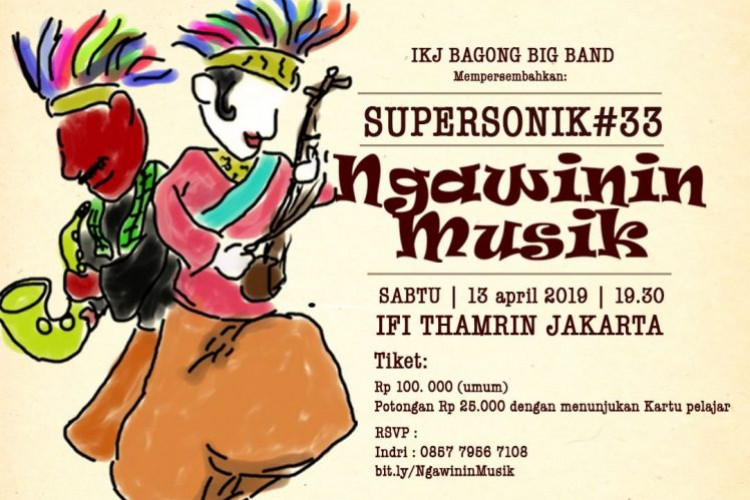Style & Fashion with Motofumi “Poggy” Kogi
Aleksander Hamid (A) talks to United Arrows' Motofumi "Poggy" Kogi (P)
by Ken Jenie
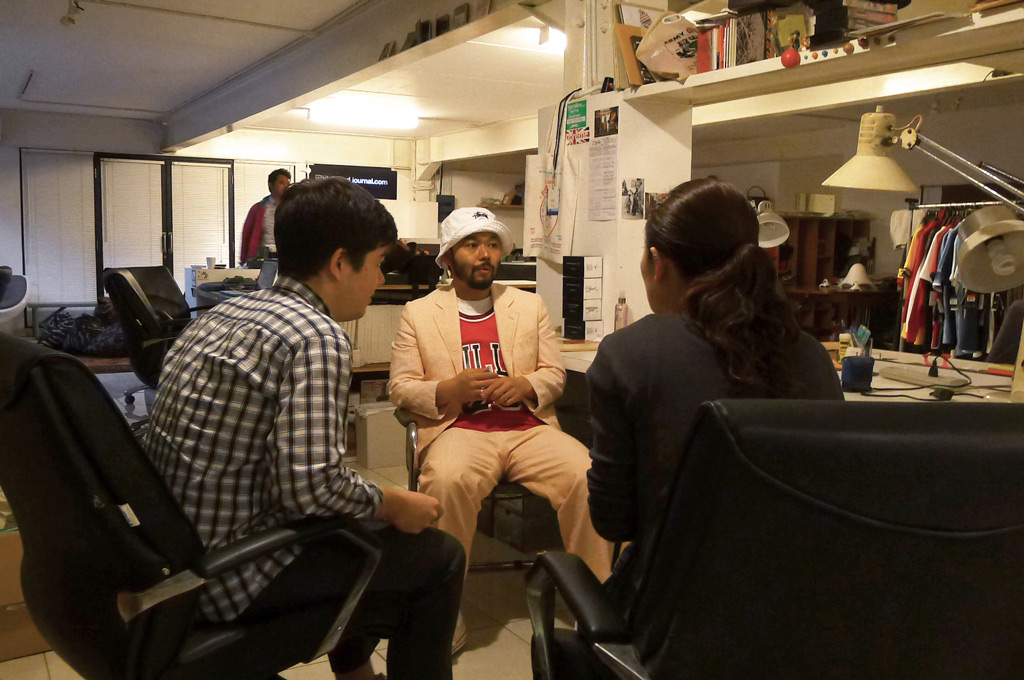
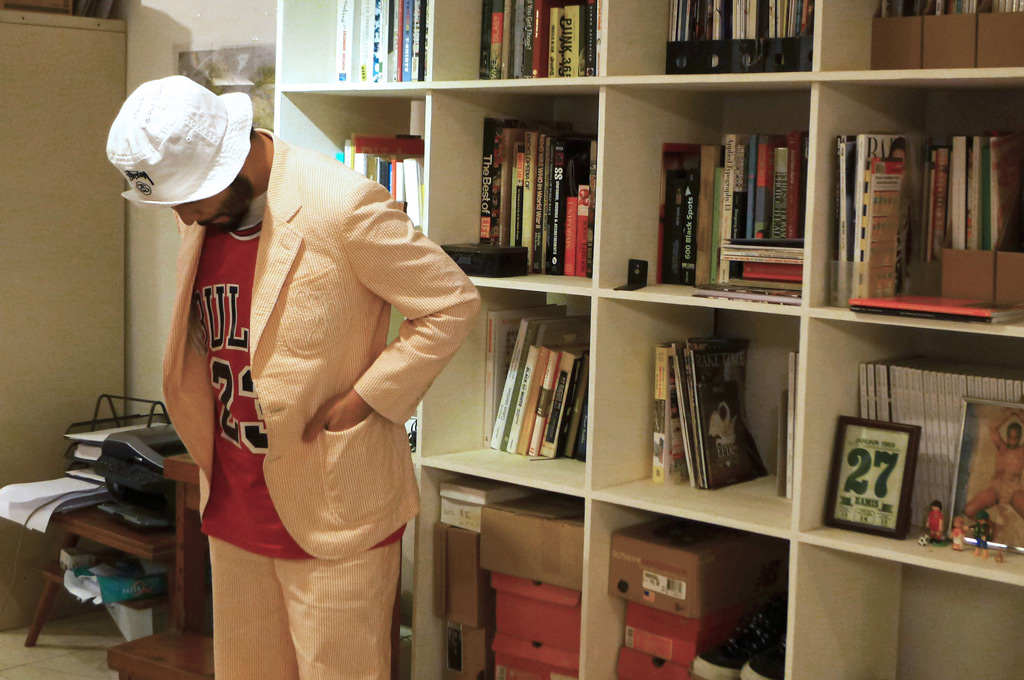
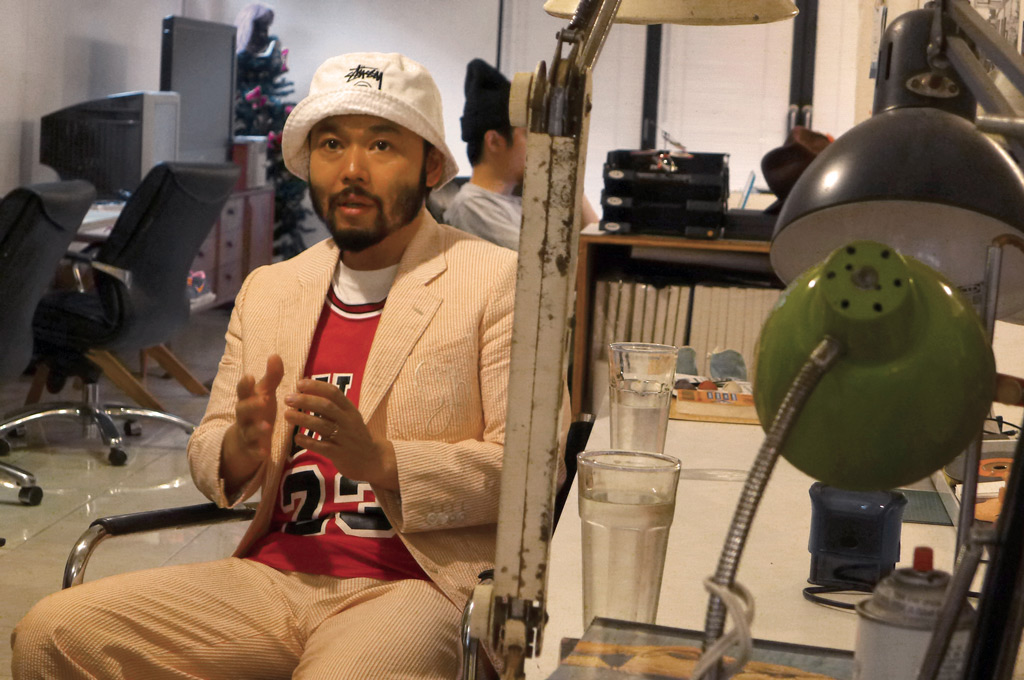
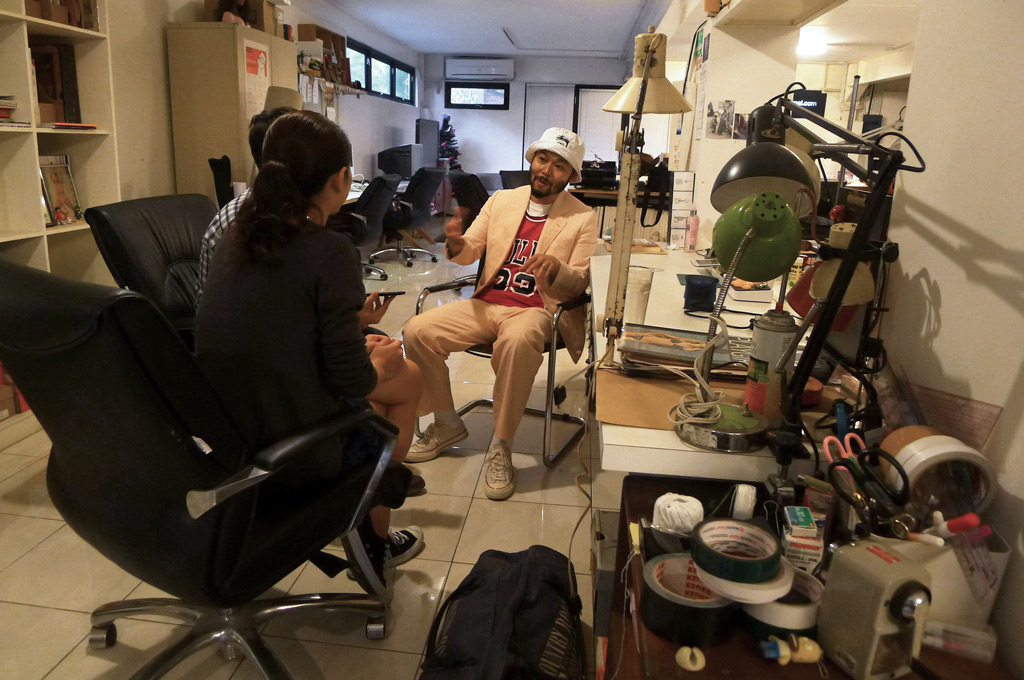
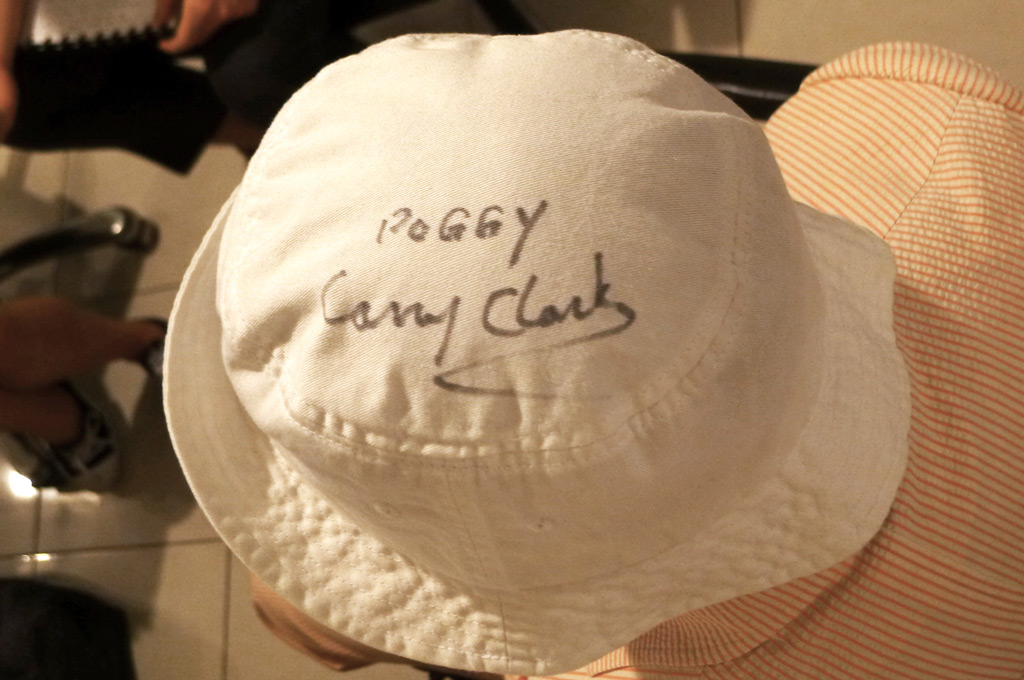
A
Through your work, you have travelled extensively and have visited many different locales. In what way does travel influence your life personally and professionally?
P
I see a lot of different things around the world, and from that experience I learned how to feel and learn about my own culture; this understanding is what I gain when I return to Tokyo.
A
Since Tokyo, and Japan in general, is such a creative place, how do you think Japan differentiates itself from other Asian countries? What do you think that was built upon?
P
We have a basic, traditional style. Our tradition carries over and we make things that are unique based on it. When talking about fashion, for example, the basic three-button blazer gets experimented and turned into something fun with patterns. There is a very strong history that influences how the Japanese develop their style.
A
Nowadays, everyone has access and is influenced heavily by the Internet, social media and its information. Having this access to a global reference, would you say that individuality still exists?
P
It’s important to be able to get information from websites, but equally important is being able see things in person, and meet people directly.
Regarding media, at one point magazines were the only source for information; the Internet frees people from the limitation of print. It has less restrictions – I think it is good for street culture.
A
How do you think the journey of street culture and high fashion has been going? Have they been going hand in hand with each other, or are they two different fields that are moving independently?
P
When speaking about high fashion, things that come to mind include quality, history, and luxury. Street culture can also have that quality and history. They can have that same quality, creating a luxury – street culture can develop itself.
As you know artists such as Kanye West and A$AP Rocky started to wear high fashion brands. So [high fashion and street culture] used to be totally different fields, but now it is apparent that they are interconnected.
A
What does it take for a brand’s identity to last and will be recognizable?
P
Quality and brand power. A brand’s identity has to reflect its goals; what it wants to do.
A
At which point in your life did you realize that you wanted to work in fashion?
P
First, I wanted to be a volleyball athlete but I couldn’t, then I wanted to be a musician but I didn’t make it (laughs). After some time, I thought that I could perhaps make it in the fashion industry. After high school I went to a fashion institute but I couldn’t sew – I couldn’t do any handwork (laughs). But what I did learn in the institute was that I could not make clothes, but I did have taste.
A
What is the best way to develop one’s own taste and character?
P
Style is important. In Japan, people used to say men have to have style and women have to have mode. Fashion changes every season, but style cannot be bought. It reflects through what you wear for activities – it can perhaps be a t-shirt, but how you wear it is your style. You must have a personal identity.
A
Many people in Jakarta drive, and you will find that most stores are located inside of malls, while places like Japan have shops on the streets. Indonesians do not really experience this kind of physical retail. In your opinion, what do you think is the best way to experience retail?
P
The Japanese get bored easily, so retailers constantly have to think about how to entertain the customers.
A
Where do you find the inspiration to entertain your customers?
P
The items I select are important, but the sales plug is also important. Many customers are attracted by the sales plug, which influences their experience and what they buy.
A
From your experience in Indonesia, what is your opinion on its local scene?
P
As you know, Chris (of The Goods Dept) took us to meet certain people, such as [Studio 1212/Whiteboard Journal] which is wonderful. We went to see a tradeshow, and we saw that young brands creating pieces with batik. Their pieces do not feel complete; they’re not masterpieces, but at least the brands are trying to use local techniques to adapt the Indonesian culture. Right now it seems like the brands are still struggling to find their own style – it will be very good once they can combine style with the local culture.
For example, The Goods Dept carries mainly Indonesian brands which, to be honest, aren’t great, but [The Goods Dept] is an excellent store because most stores here usually carry foreign brands. Their store represents and invests in Indonesian brands, which is good and respectful.
A
So what would you say Indonesian designers must do to reach an International quality level?
P
Right now most Indonesian brands look the same; using the same patterns, material and stitching, so I cannot see what the brands are trying to do yet. We went to The Goods Diner yesterday, whose building [Fairgrounds/Bengkel], which used to be a club but then turned into a small shopping center. They know what they want to do and are doing just that. If they can show the others how to execute their ideas in such a way, then Indonesia can reach an international level.
A
What, in your opinion, are the advantages and disadvantages of globalization in the creative world? Cultures across the globe seem to be crisscrossing and changing so quickly.
P
If you have your own style, you do not have to rush and be in that “fashion circle.” It is important to know the current trends and changes, however, that does not mean you have to follow them. For example, after 9/11, the American way of thinking started to change a bit, becoming focused on their heritage. Also, in Japan, they started to develop a different style after the earthquake.
A
And that was my last question, thank you very much.
P
Thank you.








